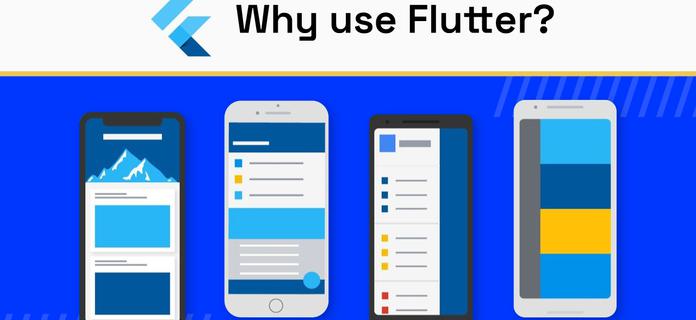Unit Testing Objective-C asychronous block-based API
March 10, 2014Unit Testing Objective-C block-based API
We are starting to utilize more Unit Testing for business logic and behavior design that’s going on under the hood in our apps.
Using Objective-C blocks for asynchronous operations in Apple’s Cocoa framework is an increasingly popular pattern. Built-in libraries such as Core Animation & Core Motion and 3rd-party libraries like AFNetworking utilize blocks extensively for asynchronous callbacks.
NSDictionary *params = @{@"id":@2};
[[MLStore sharedStore] GETWithParameters:params completionBlock:^void(id responseObject, NSError *err) {
// do something with responseObject passed by block
XCTAssert(responseObject != nil, @"GET response should not be nil.");
}];
This will succeed every time because, most likely, the test case will have terminated by the time the block completes/returns to the caller. The test never fails because the Assert will never even be evaluated. So what’s the solution? Stack Overflow to the rescue!
My favorite (and simplest to understand, in my opinion) answer from that SO question is to use Grand Central Dispatch and the built-in semaphore constructs.
NSInterval TIMEOUT = 5.0;
// create a semaphore with initial value of 0
dispatch_semaphore_t sem = dispatch_semaphore_create(0);
[myConcurrentAPI doSomethingWithCompletion:^(id data, NSError *error) {
// check error and do stuff with data
dispatch_semaphore_signal(sem); // signal to OS to release/decrement semaphore
}];
// check for the Semaphore signal but keep executing the main
// run loop for TIMEOUT seconds
while (dispatch_semaphore_wait(sem, DISPATCH_TIME_NOW)) {
[[NSRunLoop currentRunLoop] runMode:NSDefaultRunLoopMode
beforeDate:[NSDate dateWithTimeIntervalSinceNow:TIMEOUT]];
}
The program will execute the method with the aynchronous block, then stick at the while loop but continue executing the main run loop (i.e. not blocking execution of the main or other threads.) Once the block returns/completes, it signals the semaphore (a little bit of shared memory managed by the runtime/operating system) and your test method continues or completes.
If you need test multiple async calls in the same method, I recommend creating a new semaphore variable each time – don’t reuse an exisiting one.
Here are three C preprocessor macros that simplify the code a bit. You still need to provide a variable name but semicolons are optional.
#define SemaphoreSetup(SEM_NAME) dispatch_semaphore_t SEM_NAME = dispatch_semaphore_create(0);
#define SemaphoreSignal(SEM_NAME) dispatch_semaphore_signal(SEM_NAME);
#define SemaphoreWait(SEM_NAME)
while (dispatch_semaphore_wait(SEM_NAME, DISPATCH_TIME_NOW)) {
[[NSRunLoop currentRunLoop] runMode:NSDefaultRunLoopMode
beforeDate:[NSDate dateWithTimeIntervalSinceNow:TIMEOUT]]; }
/*
Then use like this
*/
SemaphoreSetup(sem)
[[MLStore sharedStore] GETWithParameters:params completionBlock:^void(id responseObject, NSError *err) {
// do something with responseObject passed by block
XCTAssert(responseObject != nil, @"GET response should not be nil.");
SemaphoreSignal(sem)
}];
SemaphoreWait(sem)
Happy Testing!
Looking for more like this?
Sign up for our monthly newsletter to receive helpful articles, case studies, and stories from our team.

Application Architecture with SwiftUI
June 15, 2022An overview of mobile application system architecture using SwiftUI
Read more
MichiganLabs’ approach to product design: A strategic, problem-solving process
February 12, 2024Product design, or UX design, is a strategic problem-solving process that leads to a valuable digital product. Learn what to expect when working with product designers for your custom software.
Read more
Why Use Flutter?
January 18, 2023We discuss Flutter, a framework for building Android and iOS apps with a single codebase, created by Google in 2018. Given the increasing popularity of smartphones and mobile-first experiences, it is essential to cover not only Android and iOS platforms but also the mobile-first web.
Read more
